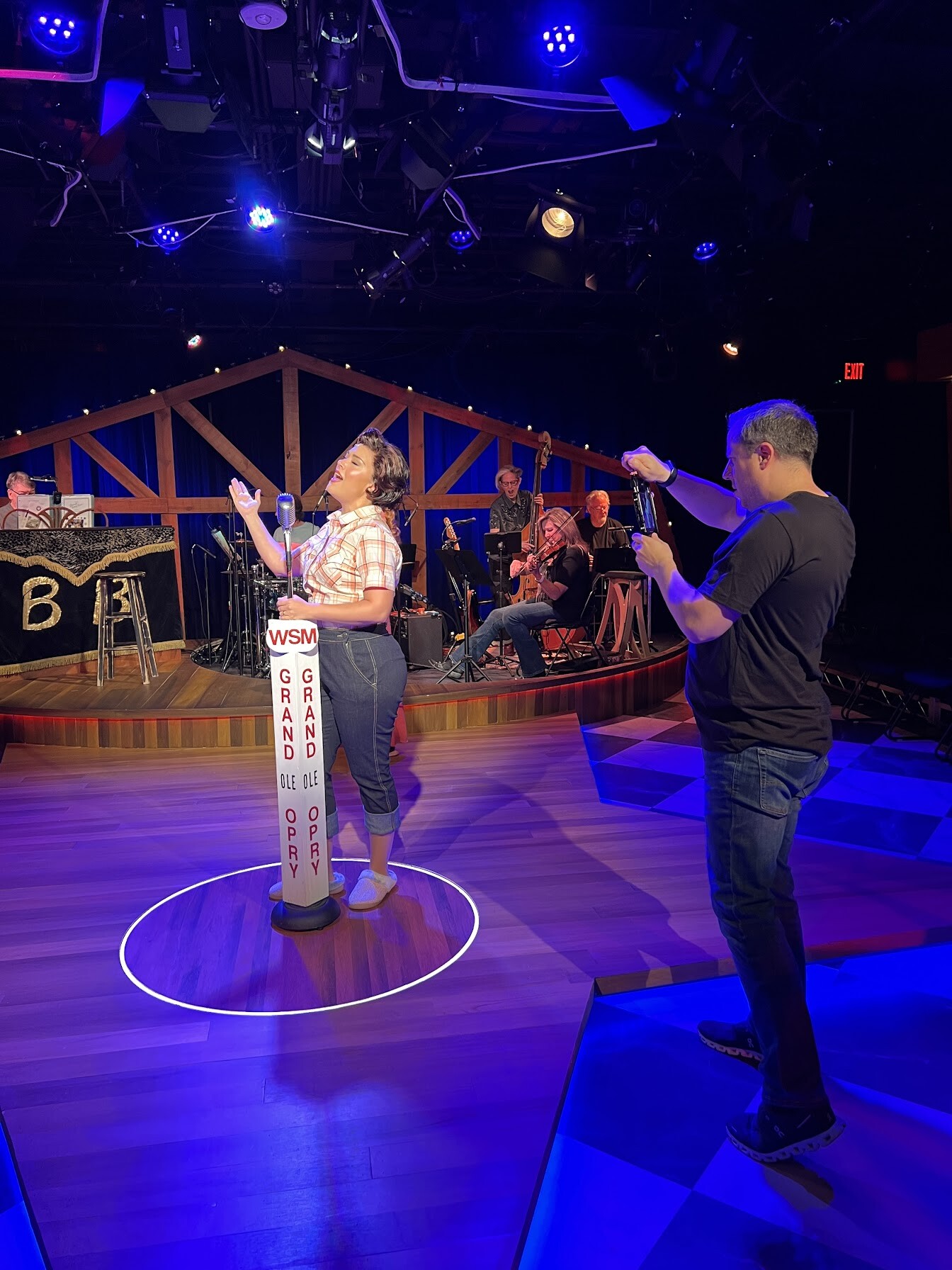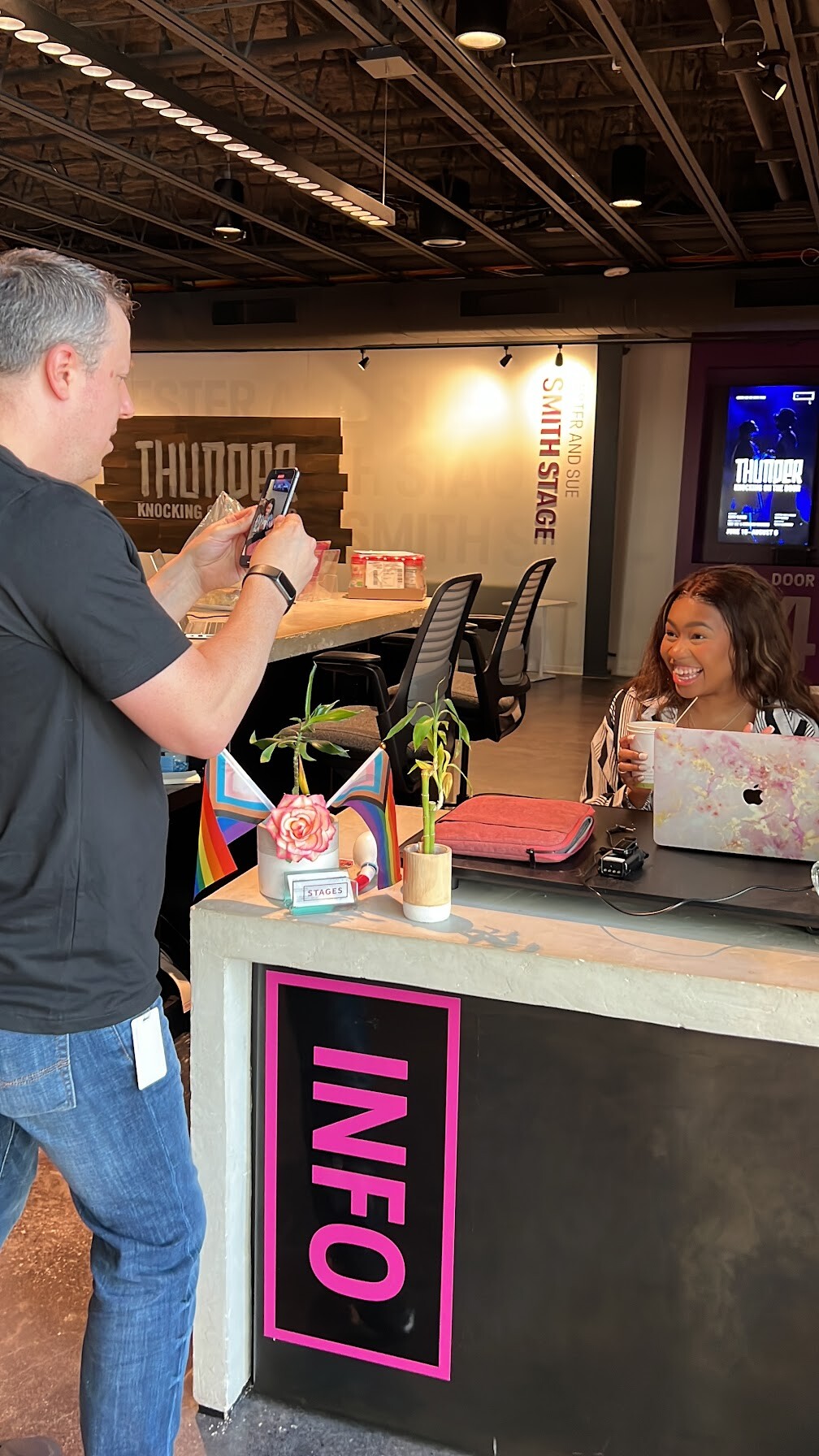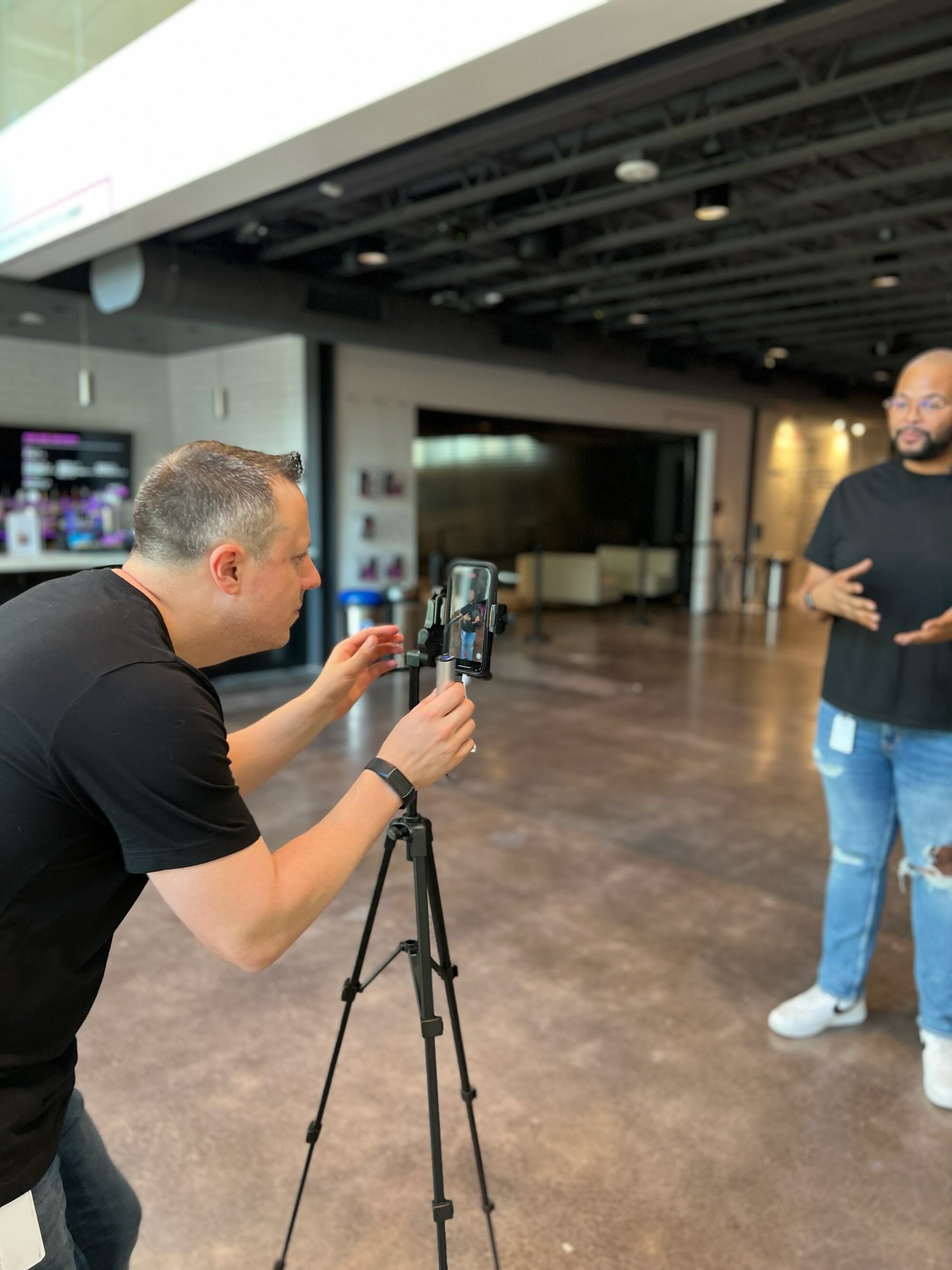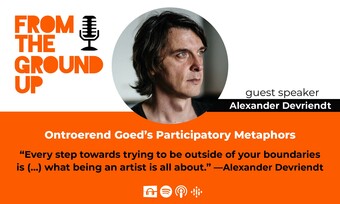Videos or Pictures?
Video content reigns supreme. Of course, video’s popularity doesn’t mean that theatres shouldn’t post pictures at all. After all, most theatre companies work with excellent photographers who are already hired to capture beautiful images for mail-outs, programs, email newsletters, posters, webpages, and the like. A social media strategy should absolutely use this content. Even so, platforms like TikTok and YouTube are video platforms, and even Instagram privileges Reels in its algorithm. Even a flop video on Instagram Reels will yield more engagement (more views, comments, shares, bookmarks, etc.) than a static picture post.
Although theatre companies can be reluctant to share video content of their current productions, this footage can go a long way in attracting potential audience members. Theatres shouldn’t be afraid to show us an actor singing part of a well-known showtune or reciting an iconic monologue. Let us see a backstage quick-change or an impressive scenic transition. Such videos are viral fodder.
Social media managers and marketing teams in general must find the right balance between video posts and static posts. By strategically building a social media strategy that balances video content with carousel picture posts, as well as press/media content, theatres can market productions in a multi-modal way that will increase the likelihood of converting social media audiences into in-person audiences.
It is critical to know through-and-through what the company mission and vision is and how the social media strategy can serve these goals.
Content Pillars
The first step in crafting a social media strategy is developing well-maintained content pillars. Content pillars are specific categories of content that creators will funnel their work into. Not only does this teach your audience what to expect from your company, it also makes a social media manager’s job more manageable. Any successful social media account will have three to five content pillars that they stick to. Some may be more commonly used than others, but throughout a two to three week stretch, for example, all pillars will be hit. For a theatre company or production, content pillars might be production images/footage, behind-the-scenes content, process posts, artist profiles, company culture, the theatre’s “vibe,” dramaturgy, connecting productions to trends and popular culture, or educational material. Although most theatres will ultimately have similar content pillars, it is critical to know through-and-through what the company mission and vision is and how the social media strategy can serve these goals. If a company’s goal is to educate, then content pillars might be geared towards educational content. If a company’s goal is to strengthen its presence in the local community, content pillars might highlight how the company is part of the community fabric. If a company simply wants to sell tickets, content pillars might focus on what’s happening onstage.
Consistency
Regardless of the social media platform, being consistent is crucial to building an audience and finding long-term success. While so-called social media coaches will claim you must post multiple times per day on every platform to game the algorithm and attract more eyeballs, this requirement is a myth. Social media is about quality, not quantity. Posting three to five times per day on TikTok is akin to throwing spaghetti at the wall to see what sticks. Not to mention that maintaining that posting schedule consistently over the course of several months is unrealistic for overworked theatremakers who are surely wearing multiple hats.
Instead, social media managers should develop a posting schedule that aligns with the resources at hand. For most sizeable regional theatres, posting to Facebook, Instagram, and perhaps even TikTok once per day Monday through Friday is an achievable goal. But a social media strategy can be more infrequent. For a theatre with fewer resources, a three-day-per-week posting schedule might make more sense. The posting schedule also may depend on the specific platform and audience reach of the theatres in question. Creating a posting schedule that aligns with the organization’s goals and resources is crucial to building a presence on any social media platform.
When strategizing the type of content to post on each platform it is also essential to keep in mind what each platform’s role is for the theatre economically.
Authentic Content
Content on social media platforms needs to be authentic to that platform. That is, content should be authentically created for each specific social media platform, keeping in mind factors like the type, tone, and size of content. Of course, there will be overlaps, but, in general, a native TikTok post will need to be modified for Facebook (if it can be modified at all). Perhaps due to time constraints or a lack of know-how, theatres tend to use a one size fits all model for social media content. The issue is that each social media platform has a different user base, different aesthetics, different cultural norms, you name it. So when a theatre has a hit TikTok video that leans into TikTok aesthetics (chaotic, idiosyncratic, messy Gen Z humor, for instance), it likely won’t land on Facebook where the audience base inevitably skews older and where TikTokian humor is less common. Or take, for instance, the use of horizontal video on TikTok or Instagram Reels. These platforms privilege vertical video. Although a repurposed horizontal video can (and often does) do well on these social media sites, horizontal video is not the bread and butter of TikTok or Instagram Reels. Theatres should be working to create authentic video that quite literally fits the dimensions of the platforms in questions.
When strategizing the type of content to post on each platform it is also essential to keep in mind what each platform’s role is for the theatre economically. TikTok is not a selling platform; it is a visibility platform. Once TikTok accounts reach high visibility (whether through follower counts or viral videos), it is imperative to move your followers to other platforms, especially non-algorithmic ones like a newsletter. On other platforms, like Facebook and Instagram, theatres can organically sell tickets in various ways. For instance, Instagram Stories are where a theatre’s most-devoted social media followers are. These folks are the ride-or-die fans. They are the most likely to click a link in a Story post. They are the most likely to purchase tickets to a show or spread word-of-mouth. These are the people that actively want to support the theatre. Because of these distinctions, a social media strategy should keep platform differences in mind when curating content, writing copy, and mapping out posting schedules.

















Comments
The article is just the start of the conversation—we want to know what you think about this subject, too! HowlRound is a space for knowledge-sharing, and we welcome spirited, thoughtful, and on-topic dialogue. Find our full comments policy here